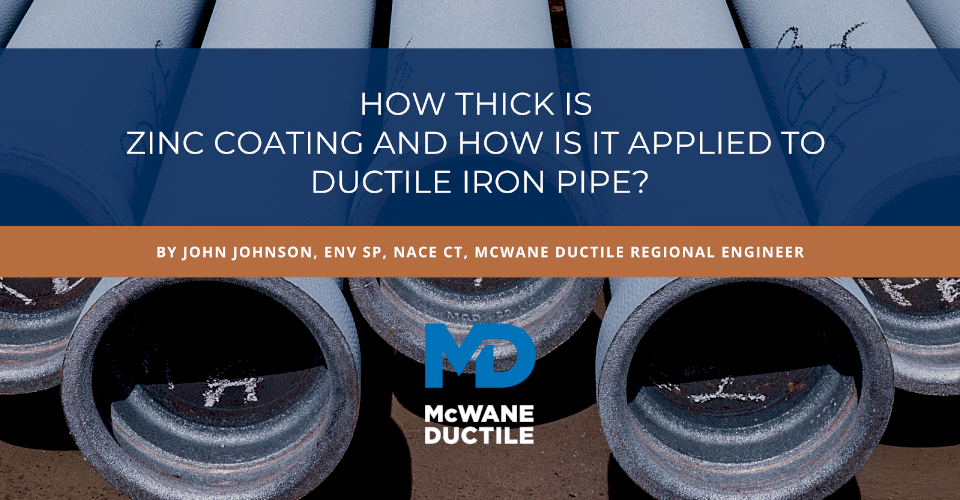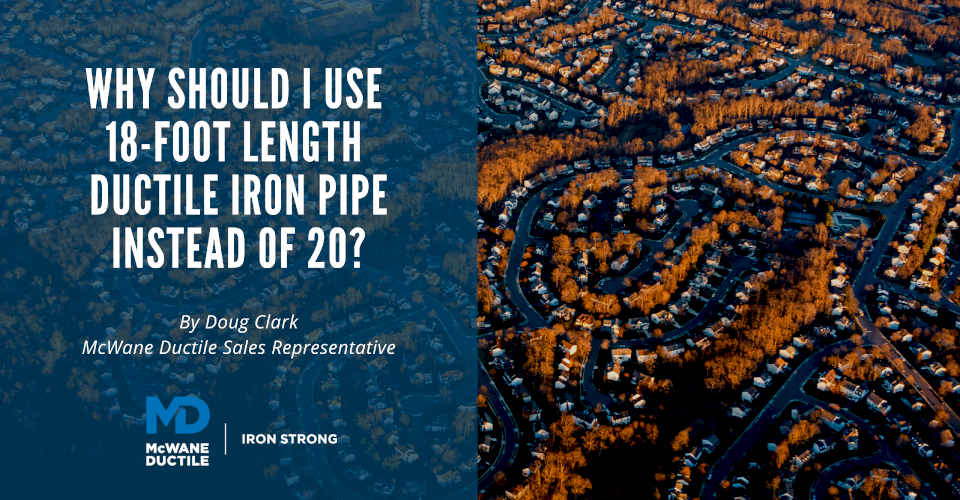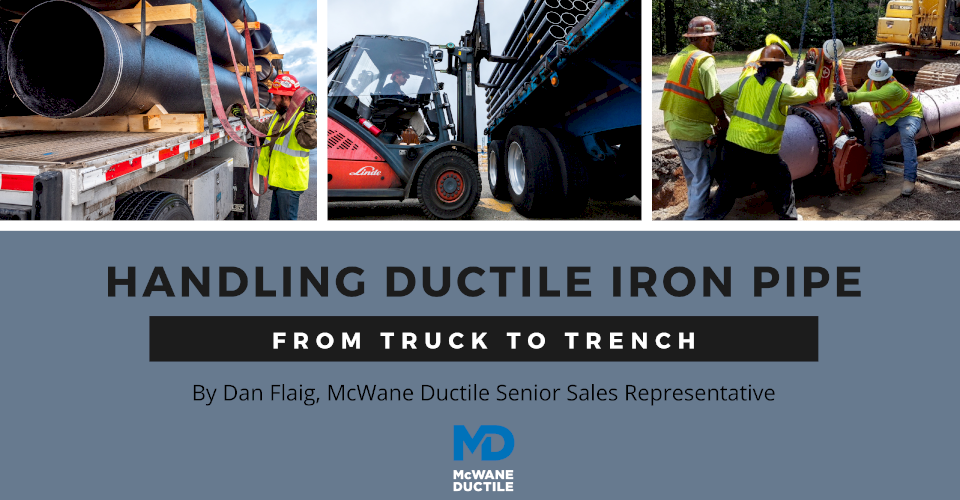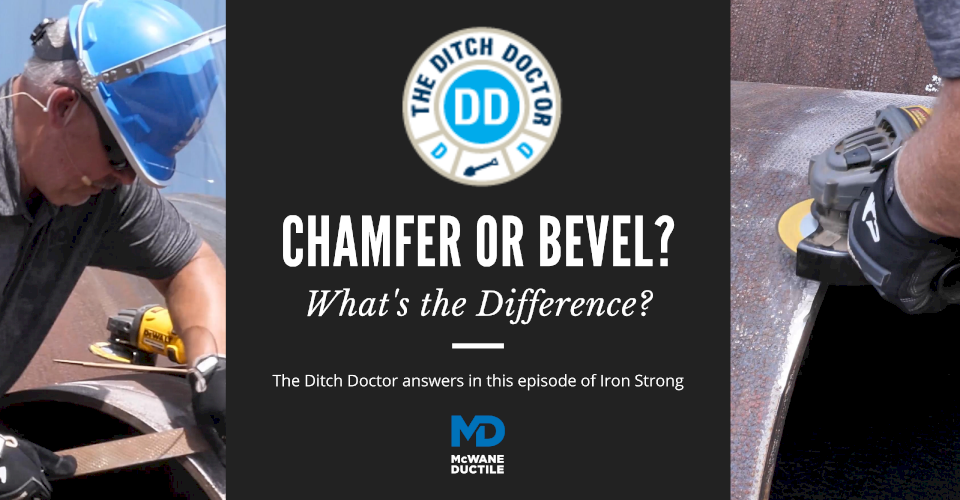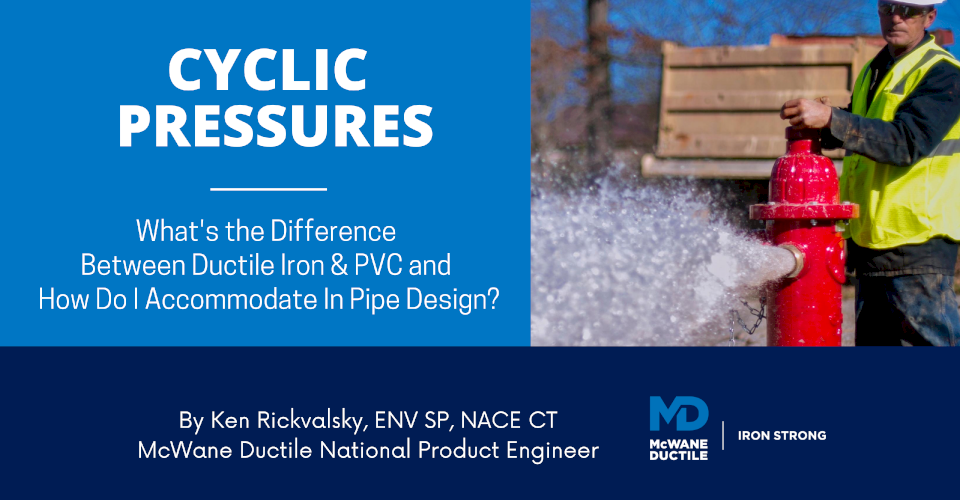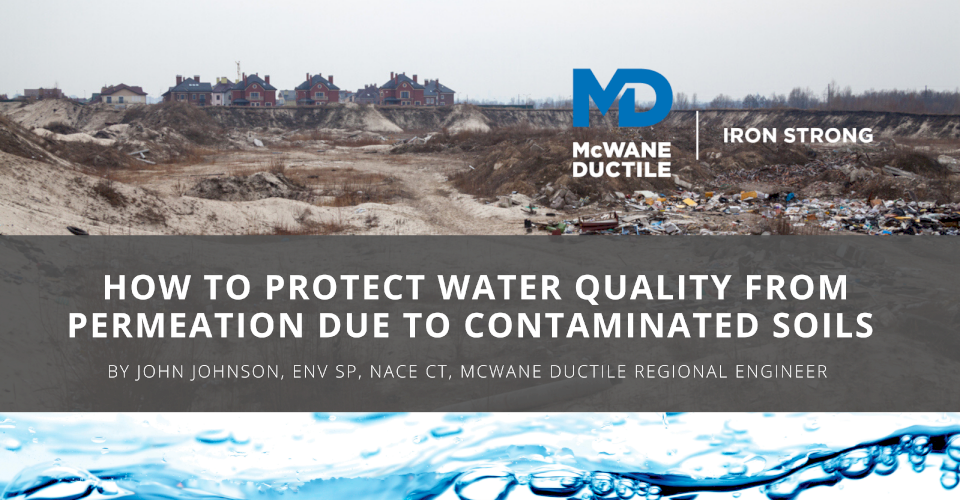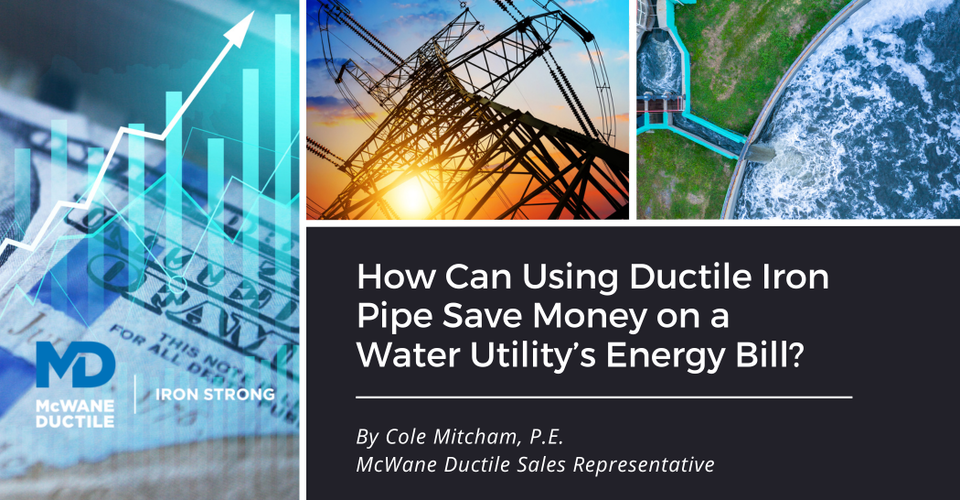-
Can a Sure Stop 350® Restrained Joint Gasket Be Used for Horizontal Directional Drilling?
10/01/2020 In Installation Products TechnicalThose involved in the construction of water and wastewater pipelines are probably aware of the installation methodology of Horizontal Directional Drilling (HDD). HDD is a trenchless technique that provides an installation alternative offering several benefits over traditional open-cut. HDD can be implemented with minimal disruption to surface activities, requires less working space, and can be performed more quickly than open-cut methods. HDD can be used to install new pipelines or replace existing ones. Also, it can simplify or eliminate certain permitting processes. Although there are currently no national standards regarding HDD installations of municipal underground infrastructure systems, HDD has seen a dramatic increase in recent years and is becoming more common for any pipe material. HDD may be the fastest-growing trenchless construction method today.
-
How Thick Is Zinc Coating and How Is It Applied to Ductile Iron Pipe?
09/25/2020 In Installation Products TechnicalEver wonder why zinc (Zn) is used for corrosion protection on Ductile iron pipe (DI pipe)? Or how thick the zinc coating is and how it is applied? Today we will answer those questions and cover when a zinc coating might be recommended.
-
Why Should I Use 18-foot Length Ductile Iron Pipe Instead of 20?
09/18/2020 In Installation Products TechnicalGood Question! Today's Iron Strong Blog answers it. At first glance, you might think longer lengths mean fewer joints, and that has got to be better. So why don't all manufacturers make longer pipe? This perceived advantage is really a myth and we will look at that in a minute. In fact, there are more Ductile iron pipe plants in North America that manufacture 18-foot length pipe either entirely or as a significant portion of their product mix.
-
Ductile Iron Vs. Steel Pipe: How To Make The Best Choice
09/16/2020 In Products TechnicalThere are several factors to consider when choosing the type of pipe to use for your job. This article will focus on of few of those areas of concern as we compare Ductile iron pipe (DI pipe) to its shiny arch-nemesis, steel. I'll be walking through each material's pros and cons as they relate to product design, energy (pumping cost) efficiency, corrosion control, and installation.
-
Handling Ductile Iron Pipe: From Truck to Trench
09/12/2020 In Installation TechnicalAt McWane Ductile, we are proud to manufacture the strongest, most durable, and most flexible piping material available to the waterworks industry. Even with these great attributes, we still take great care when handling Ductile iron pipe (DI pipe). In this Iron Strong Blog, we’ll cover some key tips to safely handling your DI pipe once it arrives at your job site and throughout the construction or your pipeline project.
-
What is the Maximum Direct Tap Size for Ductile Iron Pipe?
09/10/2020 In Installation TechnicalWith Ductile iron pipe (DI pipe), typical service taps can be installed directly into the wall of the pipe, which is called “direct tapping.” The ability to use direct tapping eliminates the need for tapping saddles. And the ease at which DI pipe can be "hot tapped" helps avoid the issue of unhappy consumers because their service and pressure are not impacted by the addition of a new tap. The waterworks community frequently asks us, “How big of a tap will DI pipe allow?” The simple, most conservative response, not having interrogated the user as to their DI pipeline particulars, would be as follows:
-
Chamfer or Beveling Ductile Iron Pipe - What's the Difference
08/26/2020 In Installation TechnicalThere are occasions during field installation of Ductile iron pipe (DI pipe) when a Chamfered edge or a beveled edge may be required. There is typically a sharp edge on any metal pipe after field cutting. This edge is a safety hazard that requires removal. The sharp edge may also damage a gasket during installation, which is an additional reason to remove the sharp edge. Read on to see the differences and why it is essential to have the proper edge on a field-cut DI pipe.
-
How to Efficiently Locate a Leak in Your Water Pipeline
08/05/2020 In Installation TechnicalIn the field, a contractor can become frustrated when attempting to locate the source of a water leak in a buried pipeline. Having a reasoned plan of resolve will save a lot of time, money, and headaches, along with demonstrating a true level of professionalism to outside observers. In this Iron Strong blog, we will examine the patterns of thought, questions to be answered, and the different assessments used when locating a leak.
-
Cyclic Pressures - What's the Difference Between Ductile Iron & PVC and How Do I Accommodate In Pipe Design?
07/25/2020 In Products TechnicalThis entry in the Iron Strong Blog compares the performance of Ductile iron pipe (DI pipe) to Polyvinyl Chloride (PVC) pipe against cyclic pressure variations in piping systems. Cyclic loading, or more accurately, cyclic surges, is a phenomenon where pressures in a pipeline frequently vary due to changes in demand, operating conditions, storage tank levels, treatment plants, and pump starts and shutdowns. Surges can also occur during common field operations such as exercising or flushing fire hydrants or valves within the system, which can drastically change flow parameters, causing surges or water hammers.
-
How to Protect Water Quality from Permeation Due to Contaminated Soils
07/17/2020 In Environmental & Safety TechnicalFor buried pipelines, there can be several soil conditions that adversely affect water quality via permeation. As a waterworks professional, you most likely will ask “Where and when might these harmful conditions be present, or even potentially develop, and what solution is available to best protect my water system from this issue? We will look at several of the more common risks in this article and discuss protective measures that can be utilized. These risks can include contaminated soils from areas in or near older landfills, industrial sites, and abandoned or leaking fuel tanks, to mention a few.
Latest Posts
- TR FLEX PIPE: The Truth About Availability and Pressure Ratings 11/14/2024 In Products Technical
- Who Are Circuit Riders and How Can They Assist Your Small Water Utility? 11/05/2024 In Products What is
- Gaskets, Goblins, and Ghouls, Oh My! A Cure from the Ditch Doctor 10/31/2024 In How Products Q&A Technical
- How Can Using Ductile Iron Pipe Save Money on a Water Utility’s Energy Bill? 10/22/2024 In Products Technical


